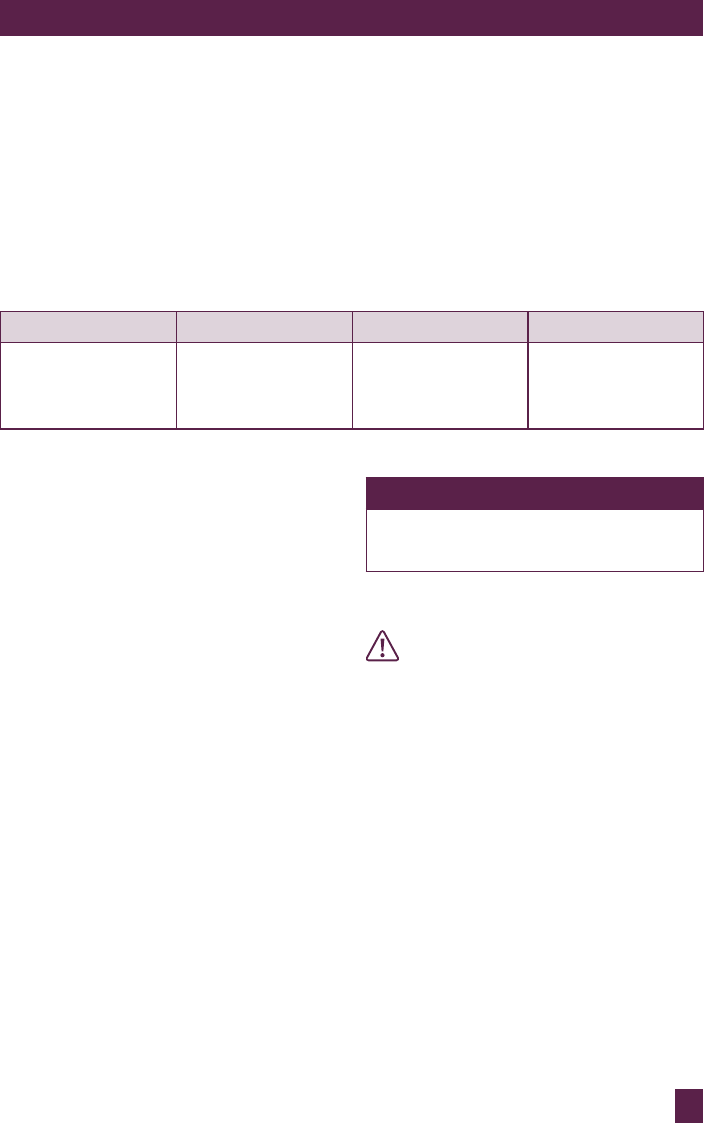
15
HINTS AND TIPS BEFORE PRESSURE COOKING & SLOW COOKING
PREPARING MEAT AND POULTRY
Select cuts of meat suitable for slow
cooking and pressure cooking and trim
meat or poultry of any visible fat and
excess skin. Excess fat will result in extra
liquid being formed as it melts and cooks.
For casserole type recipes, cut meat into
cubes, approximately 3-5cm.
Pressure Cooking and Slow cooking allows
less tender cuts of meat to be used. Such
as beef cheeks, pork shoulder, and veal
shanks. The bones can be left on meat or
poultry and this will help to keep meat
tender during cooking and enrich flavour
of finished dish.
Suitable meat cuts for pressure cooking and slow cooking
BEEF LAMB VEAL PORK
Chuck, skirt, round
steak, boneless shin
(Gravy) beef, bone-in-
shin (Osso Bucco).
Shanks, drumsticks
(frenched shanks),
neck chops, boned out
forequarter or shoulder.
Diced leg, shoulder/
forequarter chops and
steaks, neck chops,
knuckle (osso bucco)
Leg steaks, diced
belly, Diced shoulder,
Boneless loin chops
PREPARING VEGETABLES
Vegetables should be cut into even-sized
pieces to ensure more even cooking.
Frozen vegetables must be thawed before
adding to other foods when cooking in the
Breville Fast Slow Cooker
Peel vegetables when appropriate. Keep
in mind that hard vegetables like potatoes
and beetroots hold shape better when peel
is left intact.
PREPARING DRIED PULSES
(BEANS AND PEAS)
If time permits, soak pulses in ample water
and cover for 6 to 8 hours or overnight.
After soaking, drain and rinse. Place pulses
in Breville Fast Slow Cooker and cover with
water or stock at least 5cm above the level
of pulses.
Onions, bay leaves and garlic can be added
to flavour the pulses and broth. Do not
add salt. Adding salt at the beginning may
harden the skins of beans and peas and
prevent proper cooking.
NOTE
Refer to cooking charts for
cooking times.
IMPORTANT
• Softer Pulses such as; mung beans,
lima beans and butter beans are
best cooked using LOW AND
MEDIUM pressure
• When PRESSURE COOKING AND
SLOW COOKING the resulting
juices and liquids created by
cooking may need to be evaporated
and concentrated. We suggest that
the SAUTE/SEAR function should
be used for approx 5-10 minutes
depending on amount of liquids
required to be reduced.


















